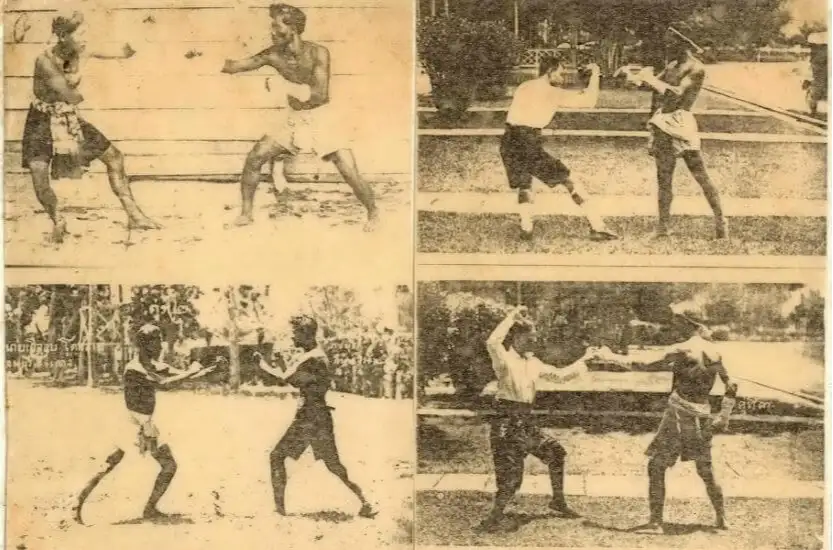Picture Thailand first, because Thailand is where Muay Thai history begins. Then go back eight hundred years to 1238. This was Thailand’s Sukhothai Kingdom, run by one of the country’s most innovative kings — Ramkhamhaeng. During this time, the country’s inhabitants produced and traded quality bronze sculptures and ceramic ware. But one of Thailand’s other cultural treasures was also flourishing, and that was the martial art of Muay Thai.
The Origins Of Muay Thai (Muay Boran)
Aside from a few legendary tales passed down throughout the generations, historians don’t know much about where the martial art of Muay Thai (Muay Boran) came from. What they do know about Muay Thai history is that hundreds of years ago, soldiers used Muay Boran on the battlefields to protect the country from invaders. It was an effective form of hand-to-hand combat, learned by most men and teenage boys, the primary protectors of royal palaces, villages, and temples. It wasn’t until the 1930s when “The Father of Thai Sports” Luang Suphachalasai gave the sport its name — Muay Thai — as part of a nationalism policy.
Ancient Muay Thai History And Thailand’s Four Kingdoms
Muay Boran went through many phases to become the Muay Thai we know today. We can summarize these phases in chronological order using the four kingdoms of Thailand as a road map.
1238-1375: Sukhothai Kingdom
Muay Boran emerged in Thailand during the country’s Sukhothai Kingdom sometime between 1238 to 1375. No one knows for sure whether Thais developed the art or adapted it from another country’s martial art. However, the Thai military required all of its soldiers to practice Muay Thai so that they could better equip themselves to protect the country from invading forces. Mostly men and teenage boys learned Muay Thai, but society’s elite also practiced it. During times of peace, Muay Thai fights took place at temples and on royal grounds as part of festivals.
1350-1767: Ayudhya Kingdom
Between 1350 and 1767 not much had changed in the practice of Muay Thai. From this era, however, emerged one of Muay Thai history’s greatest legends — Nai Khanomtom. As the story goes, Burma gained control of Ayudhya and took many prisoners of war. To entertain himself, the Burmese king held festivals in which Thai prisoners had to fight against Burmese boxers.
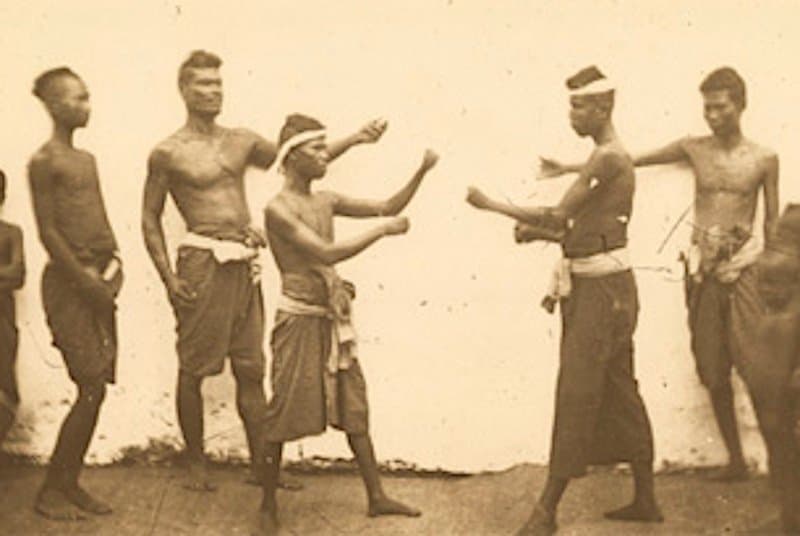
Consecutively and almost flawlessly, Nai Khanomtom beat 10 Burmese boxers. The Burmese king was so amazed that he gave Nai Khanomtom his freedom, and the latter returned to Thailand a legend. Nowadays, every March 17th the Muay Thai community celebrates the legend of Nai Khanomtom.
1767-1782: Thonburi Kingdom
After Ayudhaya fell to Burma, then-king of Thailand Taksin the Great wanted to bring the country together under one banner to increase its chances of fending off further invaders. So Thailand’s footprint grew, the military increased in size, and Muay Boran was no longer at the forefront of military training. This gave the martial art room to grow into something that began to resemble a sport. One major change that occurred for Muay Boran during this time was the introduction of rounds, a makeshift ring with one rope, and hand wraps. Also, fighters fought until one of them quit.
1782-Present Day: Ratanakosin Kingdom
During the early years of the Ratanakosin era not much changed for Muay Boran. No one had yet established a formal set of rules, but fights continued to take place in village temples and at royal events. However, in the first half of the 1900s Muay Thai as we know it would change forever.
1930s: Muay Thai Becomes An Official Sport
In the 1930s, Muay Thai saw a drastic shift thanks to Luang Suphachalasai. As mentioned, he gave Muay Thai its official name.
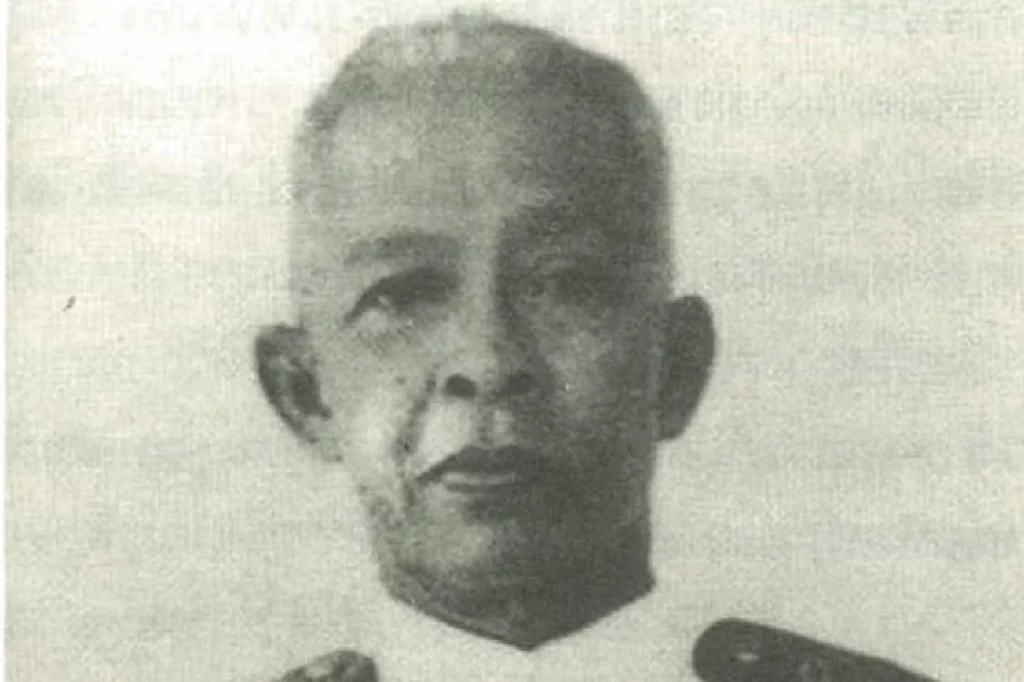
Then rules and regulations were added, weight classes were set, and boxers were given protective equipment. Muay Thai soon became the national sport of Thailand and a global symbol for the country.
1940s: The Construction Of Rajadamnern Stadium And Lumpinee Stadium
Nothing increased the popularity of Muay Thai in Thailand than the construction of two of Bangkok’s most iconic venues — Rajadamnern Stadium and (old) Lumpinee Stadium. The two landmarks gave Muay Thai a definitive home. Rajadamnern saw its completion in 1947, while the original Lumpinee followed in 1956. A year prior, in 1955, the first Muay Thai fight broadcast on Thai TV from Rajadamnern.
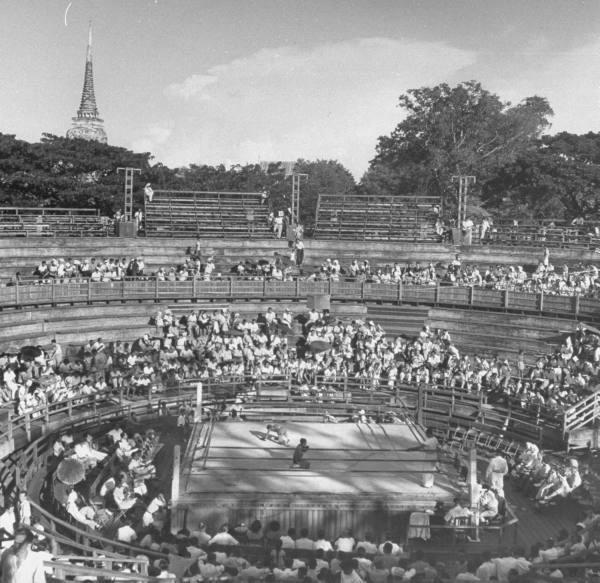
Quite a few stadiums arrived since then. Some like Channel 7 Boxing Stadium and Siam Omnoi Boxing Stadium have stuck around. Others haven’t been so fortunate.
1990s: The Golden Era Of Muay Thai
For die-hard fans, The Golden Era was a time in Muay Thai history when the sport flourished most. Historians consider the 1990s as The Golden Era of Muay Thai. But others date The Golden Era back to the late 1960s. In either case, this is when traditional Muay Thai was at its absolute peak. Stadiums were packed, the sport became known worldwide, and legends like Samart Payakaroon, Namsaknoi Yudthagarngamtom, Ramon Dekkers, and dozens of others were made. Also around this time, gamblers didn’t yet have a stronghold on the sport.
2000s: Muay Thai Goes Global
Toward the last few years of The Golden Era, Muay Thai began to become more popular outside of Thailand. This happened as non-Thais came to train in the country and then bring the martial art back to their respective nations. As more people began to train in Muay Thai outside of Thailand, more promoters began promoting the sport. Australia, the United Kingdom, and the United States all had budding Muay Thai scenes.
2021-Present Day: Entertainment Muay Thai
Muay Thai has come a long way since the battlefields of the Sukhothai Kingdom, but nothing has changed the sport like the COVID-19 pandemic. Up until the late 2010s, Muay Thai was dying a slow death. Very few people in Thailand aside from gamblers and those in the fight community had an interest in the sport. When COVID-19 hit, Muay Thai in Thailand came to a standstill. Events and even training were banned. Then, slowly, reassuringly, promoters began holding events again — albeit behind closed doors.
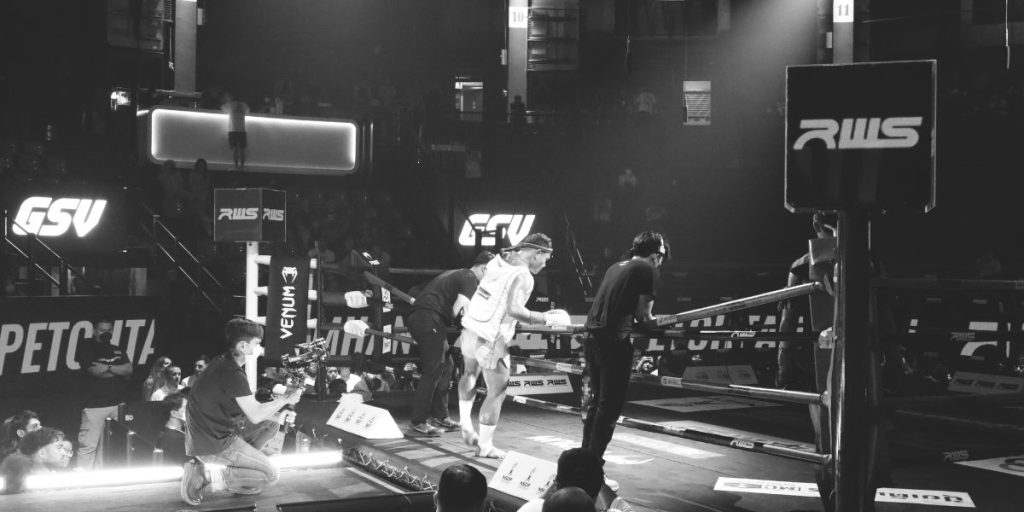
Eventually the sport re-emerged from the shadows and took off in a new direction, converging into what is now entertainment Muay Thai. Entertainment Muay Thai focuses on the spectacle of the sport. Top-notch production is highly regarded. Faster-paced fights are encouraged. Monetary bonuses are sought out in place of gambling tips (although the latter still exists).
Muay Thai And Thailand’s Economy
In olden times, Muay Thai had little significance on Thailand’s economy. After all, the martial art was used only to help defend the country or to entertain spectators at temple festivals. But after the martial art became a sport in the 1930s, Muay Thai began contributing to Thailand’s economy in the decades that followed. Both Rajadamnern and Lumpinee stadiums opened their doors and began selling tickets to fights. The owners of Rajadamnern used the stadium’s revenue to improve military programs. Eventually, the stadiums also became attractions for tourists and foreign soldiers stationed or passing through the country.
Nowadays, it’s estimated that Muay Thai adds 40 billion Thai Baht to Thailand’s economy each year, with almost half of that coming from Muay Thai tourism. In 2023, the Thai government took notice of Muay Thai’s further potential on the economy and named the sport as one of the “soft powers” that it’s going to promote to create economic value and spread Thai culture to the rest of the world.
Muay Thai History: What The Future Might Hold
Ten years ago, I don’t think anyone could’ve predicted what Muay Thai has become today. And no one knows for sure where Muay Thai is heading over the next decade. But one things remains true — Muay Thai is a sport in constant change. It evolves with the times and the demands of the people. But no matter what form Muay Thai takes on, no one can deny the beautiful brutality that Muay Thai continues to embody.

